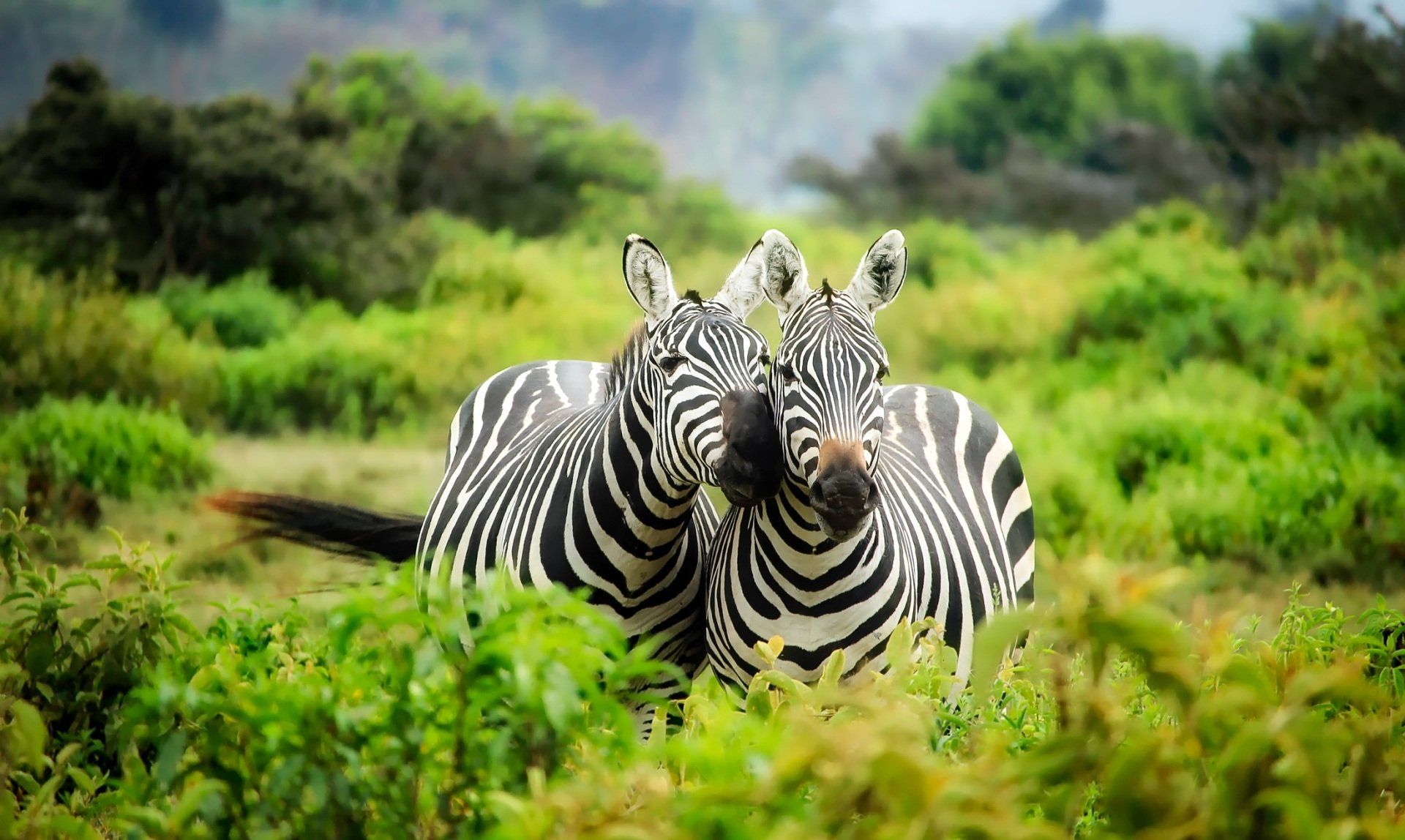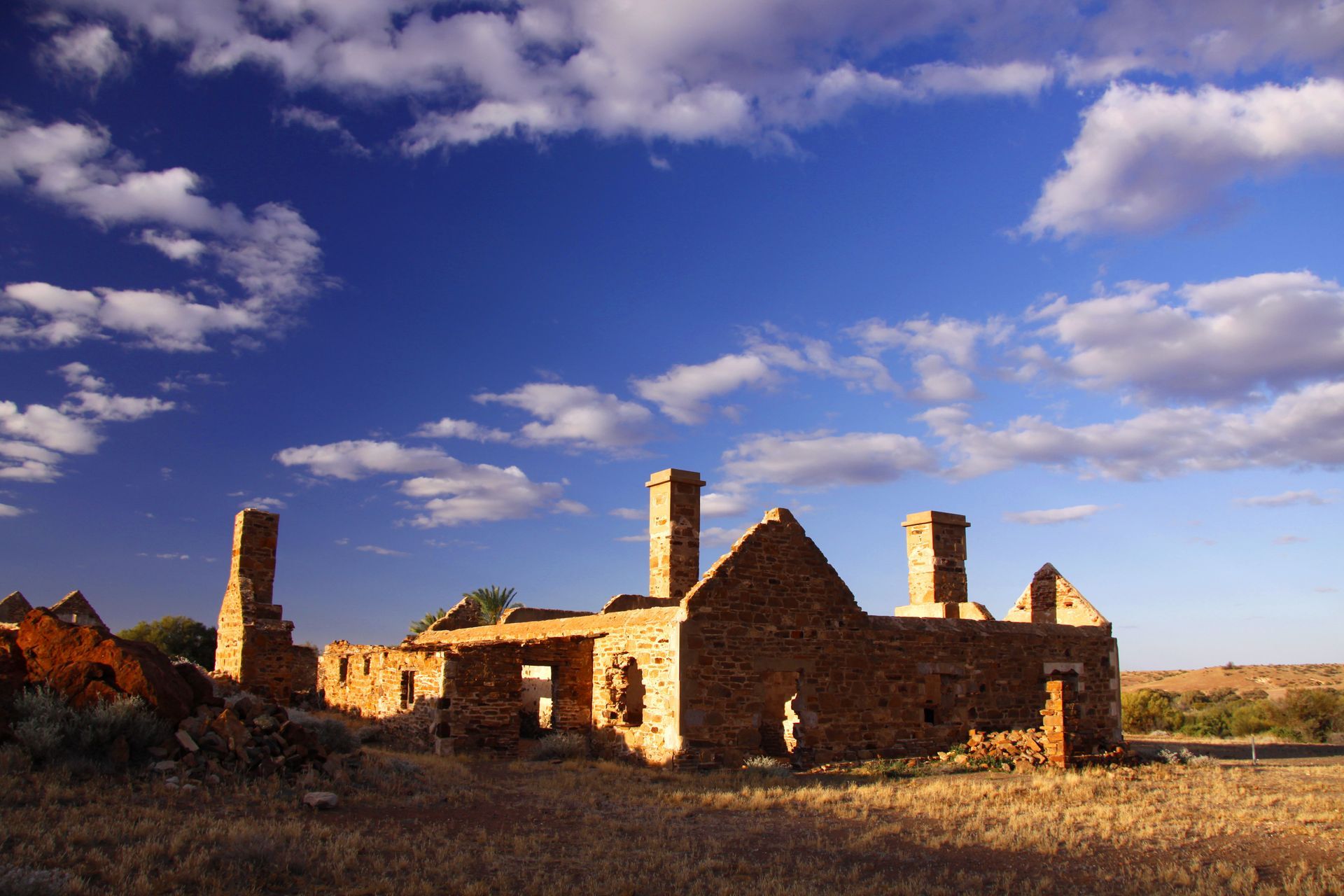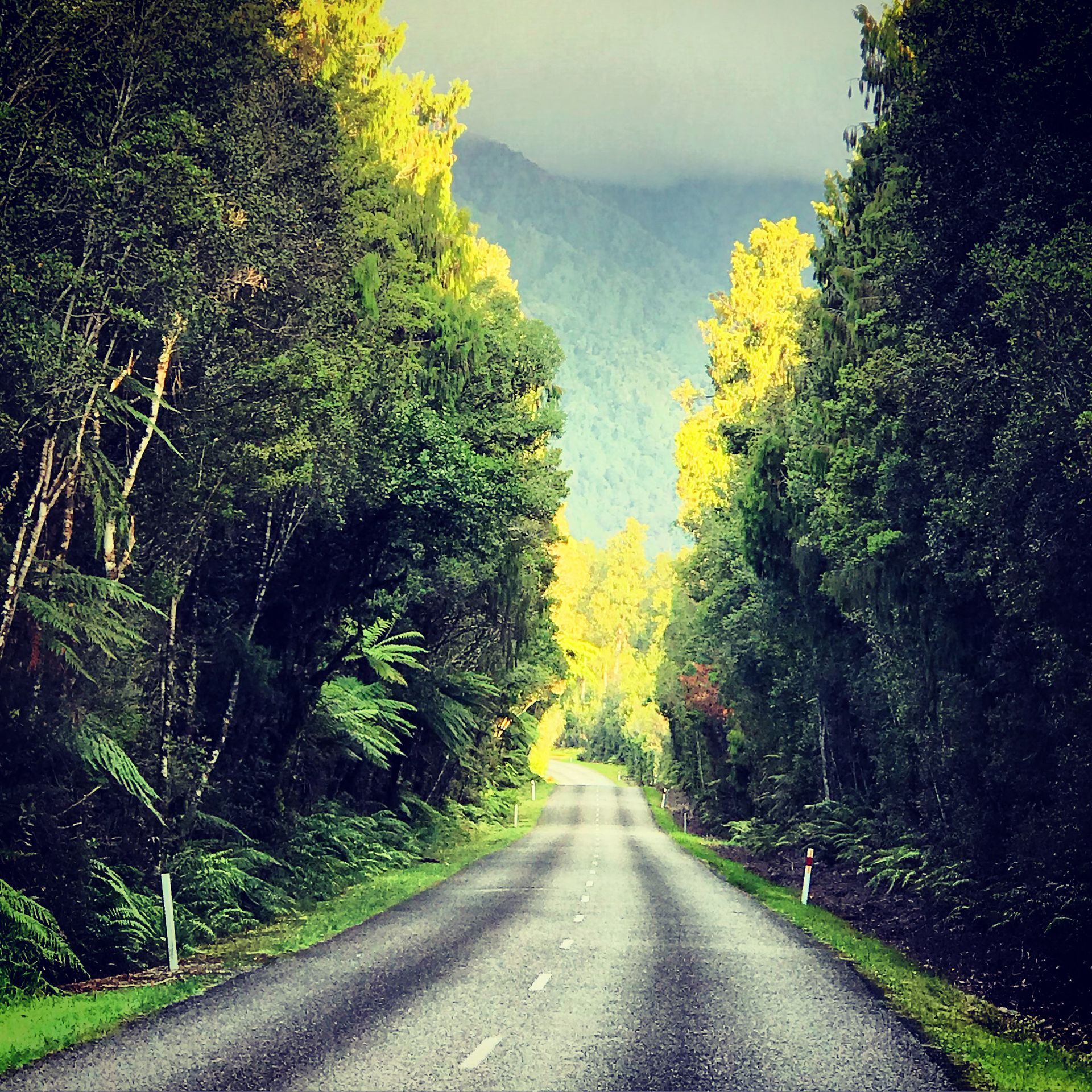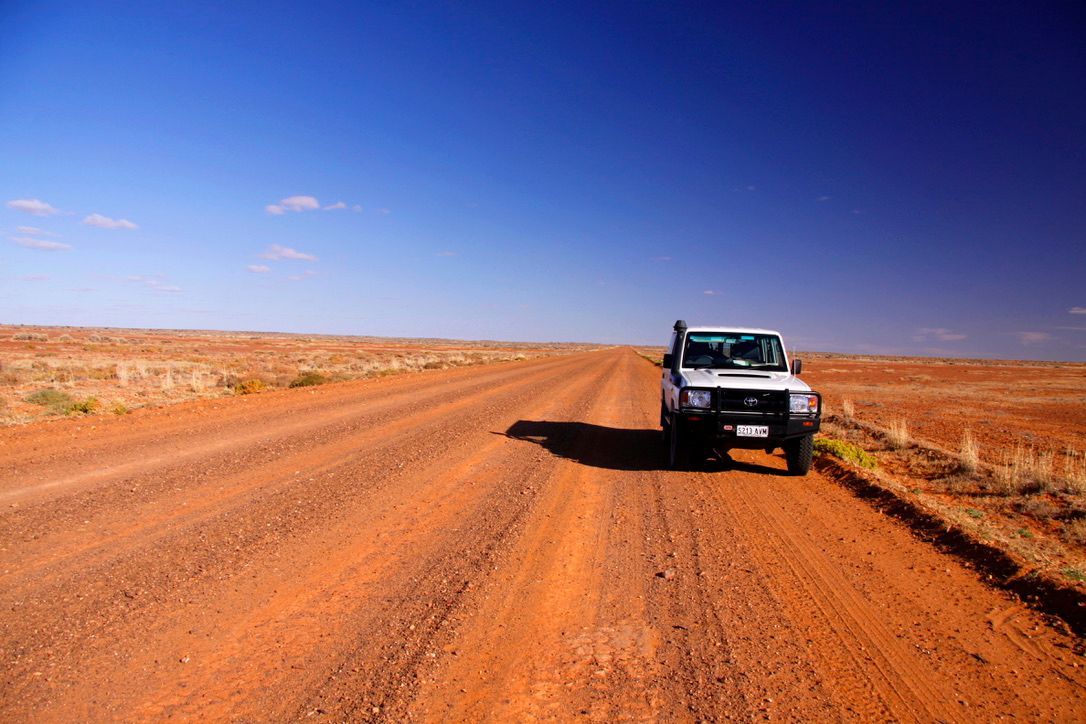But one thing is certain though: he was a tough bastard. You had to be to survive out in the hills.
On Sunday March 4, 1855, James Mackenzie made camp below the summit of a mountain pass. Nearby, on a small flat where two streams met, a flock of 1000 sheep grazed, guarded by Mackenzie’s faithful sheepdog, Friday. Mackenzie had stolen the sheep from a farm called The Levels, near Timaru, and had driven them over the remote pass that he had discovered three years before. But as he ate his meagre supper of cold gruel, Mackenzie was unaware he was being watched.
On the hillside above, John Sidebottom, manager of The Levels, and his two Maori shepherds Taiko and Seventeen, scrutinized the camp below. They had pursued Mackenzie for two days through rugged, trackless hills, up the twisting bed of a stream, over the pass and, finally, down to the spot where they now hid.
Leaving the cover of the tussock, the three men crept up on Mackenzie. The sheep-stealer had trained his dog not to bark so she gave no warning of the men’s approach. After a struggle, they overpowered him and tied his hands. Mackenzie fought wildly at his bonds, so Sidebottom took away his boots and threatened to “apply a bark poultice to his head” if he did not settle down.
Despite being barefoot, Mackenzie escaped from his captors during the night. He turned up in Lyttelton six days later, intending to take a ship to Australia. However no vessel was ready to leave and as he waited for one to depart he was arrested again on March 16.
Convicted of sheep-stealing, Mackenzie was sentenced to five year’s gaol. In the first year of his sentence Mackenzie escaped five times. On each occasion he was re-captured. Eventually the authorities decided the easiest option was to set him free on the condition that he quit the country. Mackenzie left New Zealand in 1856, bound for Australia, perhaps thinking his talents as a rustler would be more appreciated there.
James Mackenzie is one of New Zealand’s few folk-heroes: our own version of Ned Kelly or Dick Turpin. Little is known about him and even the spelling of his name (McKenzie or Mackenzie; James, John or Jock) is open to conjecture. How many sheep he actually stole and how he managed to drive them so far with only one dog depends on which version of the legend you believe. But one thing is certain though: he was a tough bastard. You had to be to survive out in the hills.
or Dick Turpin. Little is known about him and even the spelling of his name (McKenzie or Mackenzie; James, John or Jock) is open to conjecture. How many sheep he actually stole and how he managed to drive them so far with only one dog depends on which version of the legend you believe. But one thing is certain though: he was a tough bastard. You had to be to survive out in the hills.
Fast forward one hundred and thirty years to nineteen eighty-five. A young shepherd watches the last of a mob of one thousand merino ewes cross the Mackenzie Stream and climb the farther bank to a gate set into a ten wire fence. The hills of the Mackenzie Pass are now part of Grampians Station; the shepherd is one of six single men employed to tend the station’s thirty thousand sheep. Six sheep dogs follow at his heels as he jumps the creek and follows the mob up to the gate.
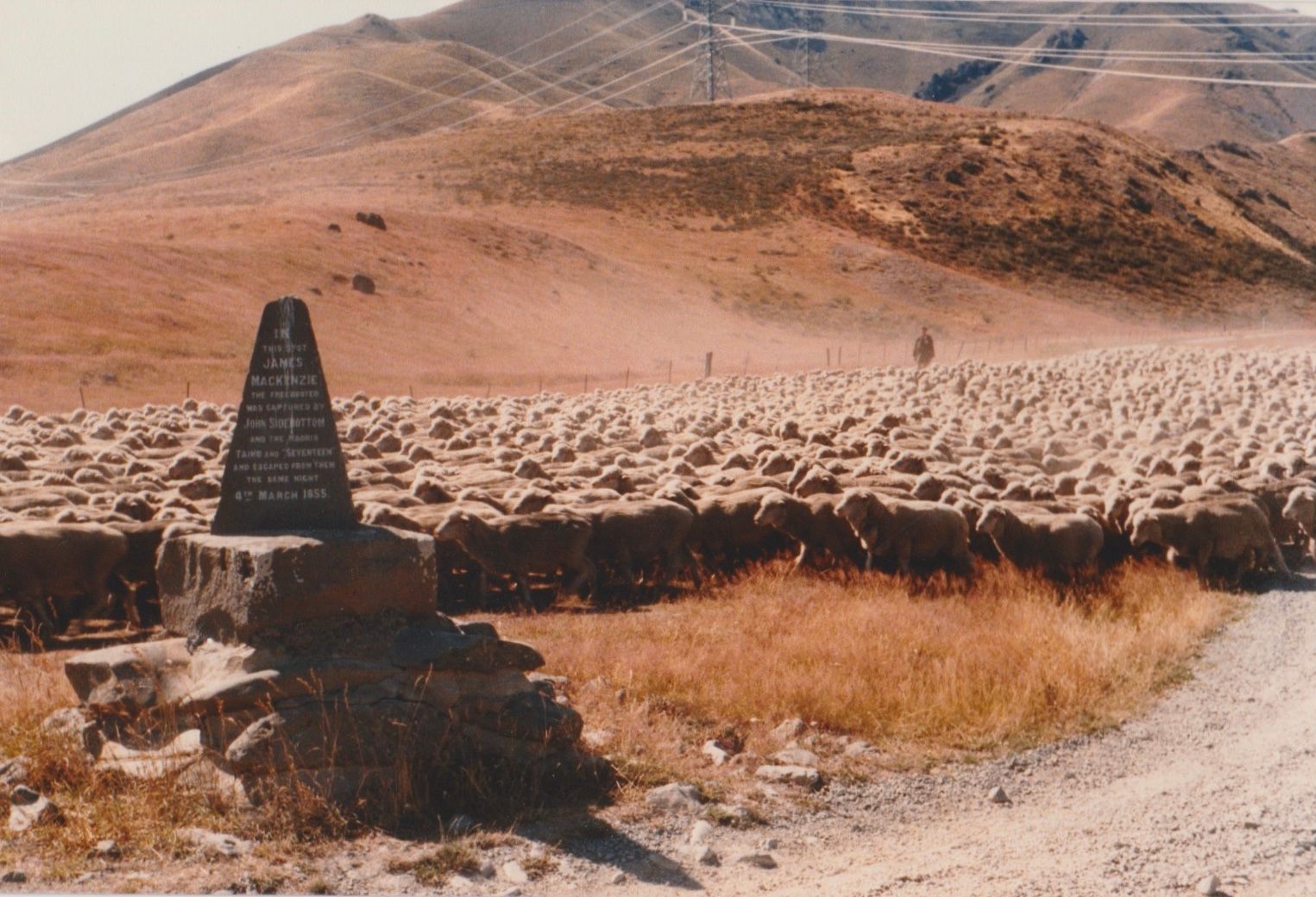
The long-legged ewes, freshly blade-shorn, mill around a monument to James Mackenzie, which sits on the flat where his stolen flock grazed the evening he was captured. Guided by whistled commands from the shepherd, the dogs keep the mob together while he opens the gate then leans on the monument as the sheep make their way through and climb in long lines out onto the hills beyond.
…I remember the day I crossed that mob of a thousand and put them out onto the Monument Block.
Fast forward another thirty-three years. West of Timaru, I turn off State Highway 8 at Albury onto Mackenzie Pass Road. My SUV moves about on the loose gravel as the road undulates through rolling farmland towards the distant brown hills. Fat sheep lounge in paddocks of rippling grass. Yellow smudges of gorse and broom stain the hillsides.

As I draw closer to the looming Dalgety Range, the hillsides become steeper. Spiky matagouri and fragrant, needle-sharp spaniards grow thickly on the slopes. The sides of the valley draw in leaving just enough room for the road and a glittering creek. The road crosses several narrow bridges and steps across a constantly shifting shingle scree.
The Mackenzie Pass occupies a narrow notch in the ranges. A buffeting wind snatches at the snow tussocks growing beside the road. The distant snow-capped Southern Alps lie blue/black in their veil of haze. The road, a powder white scratch in a beige landscape, winds out from the hills and seems to lose itself in the vastness of the Mackenzie Basin.

The Mackenzie Monument stands on a corner where the road curves to cross the Mackenzie Stream. The three-sided obelisk has an inscription in English, Maori and Gaelic which reads: “In this spot James Mackenzie, the freebooter, was captured by John Sidebottom and the Maoris Taiko and Seventeen and escaped from them the same night.”
I sit on the ridge overlooking the monument. It’s early afternoon. The wind shuffles a high overcast across the sky. The creek chatters in its bed of stones. Looking down, I remember the day I crossed that mob of a thousand and put them out onto the Monument Block. I remember the dogs I had with me that day – Mick, Bess, Jill, Torn, Dale and Tex – and how good it felt to be young and fit and alone in a mountain world. I was a shepherd; nothing else mattered.

The Mackenzie Pass today is a quiet, virtually forgotten part of the South Island. A battalion of power pylons marches over the hills. The road hardly ever sees a car. On easterly days, mist spills over the top of the Dalgety Range and cold winds whistle down the valley. Rows of dark green pines shiver in the breeze: austere inhabitants of an austere landscape. Overhead, clouds polarize white against the cobalt blue sky.
The discovery of Burke’s Pass – an easier route into the Mackenzie Country – in 1858 left the Mackenzie Pass an almost unknown detour. Mackenzie would have liked it that way. If his ghost walked through the pass today he would probably recognize all the landmarks he knew 150 years ago.

But memories are the only real ghosts. And memories, like history itself, are open to re-interpretation, embellishment and exaggeration. The truth should never get in the way of a good yarn. It is the hills, the glittering creeks, the golden snow tussocks rippling on the muscular hillsides that are the real things. All the rest is just part of the Legend of James Mackenzie.
